Three Approaches to High-Level Presentations for Executives
Senior leaders often walk into meetings and get hit with cluttered slide decks, too much jargon, and no clear takeaway from what is presented. When you’re the one making the decisions, time is short and patience shorter. So how do you present complex ideas without losing people halfway through?
So, I have three frameworks that help keep your presentations sharp, structured, and easy to follow. They cut the noise, hold attention, and—most importantly—respect the listener’s time.
Guy Kawasaki’s 10-20-30 Rule
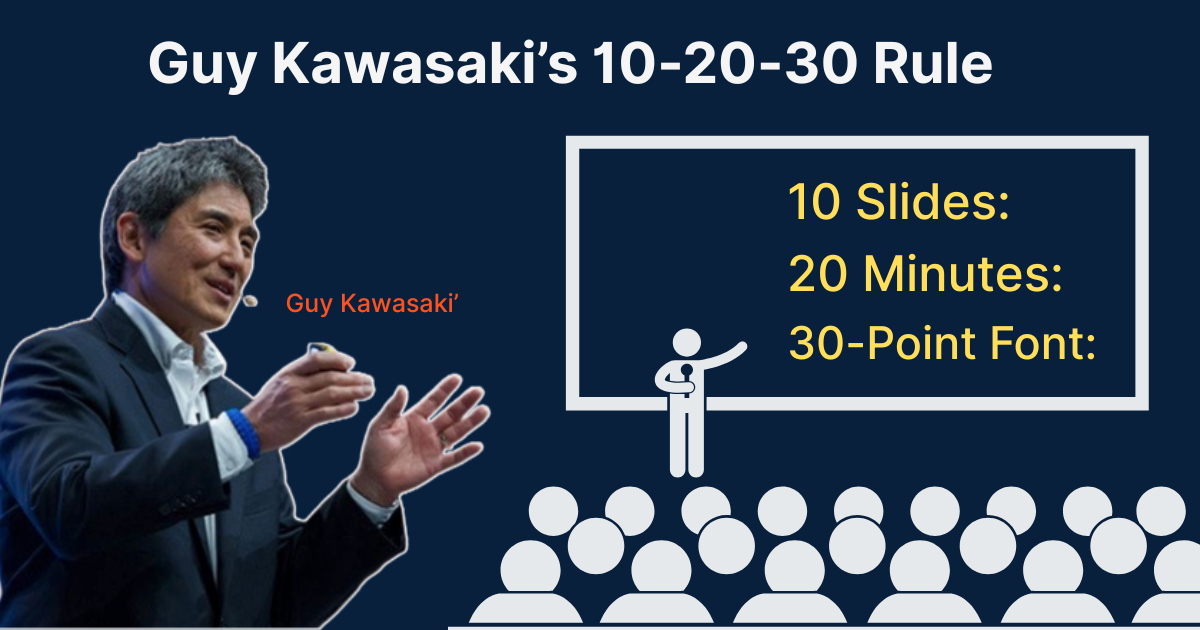
Short scope of 10-20-30 rule
Guy Kawasaki's 10-20-30 rule isa guideline for crafting effective presentations, particularly for pitching to investors. The rule suggests limiting presentations to 10 slides, keeping the presentation length to 20 minutes, and using a minimum font size of 30 points.
Google Link to more: Link
Here's a breakdown of the rule:
- 10 Slides:This constraint forces presenters to focus on the most essential information, distilling their message to its core elements.
- 20 Minutes:Keeping the presentation to 20 minutes respects the audience's time and attention span, ensuring they stay engaged throughout.
- 30-Point Font:Using a minimum font size of 30 points ensures readability, especially from a distance, and encourages presenters to use fewer words per slide.
Why the rule is effective:
- Focus and Clarity:The 10/20/30 rule helps presenters focus on the most important aspects of their message, making it easier for the audience to understand and retain the information.
- Engagement:By keeping presentations concise and visually appealing, the rule helps maintain audience engagement and prevents them from becoming bored or overwhelmed.
- Memorability:With fewer slides and clear, large text, the key takeaways from the presentation are more likely to stick with the audience.
- Efficiency:The rule encourages efficient communication, saving both the presenter's and the audience's time.
Adaptability: While the 10/20/30 rule is a valuable guideline, some presentation experts say it may not be suitable for all presentations, especially those dealing with complex topics or requiring in-depth explanations. In such cases, it's important to adapt the rule to fit the specific needs of the presentation, potentially including an appendix with more detailed information.
Kawasaki’s 30/20/10 rule | A Simple Structure
Guy Kawasaki, a venture capitalist, offers a straight-line formula for business talks: ten slides, twenty minutes, and nothing smaller than thirty-point font. On paper, that might sound restrictive. In practice, the limits force you to strip things down to what matters. Ten slides means you’ve got to choose your points carefully. You can’t hide behind filler.
This format reduces the risk of wandering into side stories or loading up a deck with every chart you’ve ever made. It keeps the pace moving and the message clear.
Why It Works
Kawasaki says twenty minutes hits the sweet spot for holding attention. People start drifting after ten, and no one in senior leadership has an hour to spare on a single update. By wrapping up in twenty, you leave space for discussion or tech hiccups.
The big text rule isn’t about style—it’s about clarity. A thirty-point minimum makes you think twice before adding fluff. There’s only room for a few words, so you pick them with care.
This rule also works as a kind of professional courtesy. You’re saying, “I value your time enough not to waste it.” And really, doesn’t a concise, well-paced talk carry more weight than a drawn-out one? No need to overcomplicate when you can make the point and move on.
Pecha Kucha: The 20×20 Method
Example of the Pecha Kucha:
Short scope of Pecha Kucha Method
PechaKucha, also known as the 20x20 method, isa presentation format where speakers use 20 slides, each displayed for 20 seconds, resulting in a concise 6 minutes and 40 seconds presentation. This format forces speakers to be succinct and engaging, making it ideal for events where a large number of speakers need to present in a short amount of time.
Google link: Link
Key features of PechaKucha:
- 20 slides: The presentation is structured around 20 slides.
- 20 seconds per slide: Each slide is displayed for exactly 20 seconds, with automatic advancement.
- 6 minutes and 40 seconds: The total presentation time is fixed at 6 minutes and 40 seconds.
- Visual focus: PechaKucha emphasizes visual storytelling, with images taking center stage and minimal text.
- Concise and engaging: The format encourages speakers to be clear, concise, and compelling, keeping the audience engaged.
- Time constraint: The time limit forces speakers to prioritize their message and deliver it efficiently.
1. Prepare 20 slides:Create 20 visually strong slides, each representing a key point or idea.
2. Practice your delivery:Rehearse your presentation to ensure your words align with the slide timings.
3. Engage your audience:Use the 20-second intervals to deliver your message effectively, using impactful visuals.
4. Embrace the format:The automatic slide advancement ensures a smooth, dynamic presentation, forcing you to be concise and engaging.
Pecha Kucha | Origins and Format
Pecha Kucha, a Japanese phrase for “chit-chat,” was developed by architects Astrid Klein and Mark Dytham. The structure is strict: twenty slides, twenty seconds each. The whole thing takes six minutes and forty seconds. Slides advance automatically, so you keep moving whether you’re ready or not. Most slides are just images, with the presenter talking over them.
Why Executives Should Consider It
Why would someone in a high-stakes role pick such a tight format? Because constraints can be freeing. The rules force you to cut your message to the core. Every image holds a single idea, and the sequence builds naturally. Since slides move on their own, you can’t linger, stall, or lose track. Energy stays high, and the audience stays with you.
The quick pace also demands rehearsal—you can’t wing it and hope for the best. Studies and experience show that audiences are often more engaged with Pecha Kucha than standard decks. It’s visual, it’s brief, and it’s efficient.
For executives, a six-minute overview can be enough to spark the right conversation. And nothing says you can’t follow up with a deeper memo or report later. Presentations aren’t about dumping every fact—they’re about pointing attention to the headline issues.
Minto’s Pyramid Principle
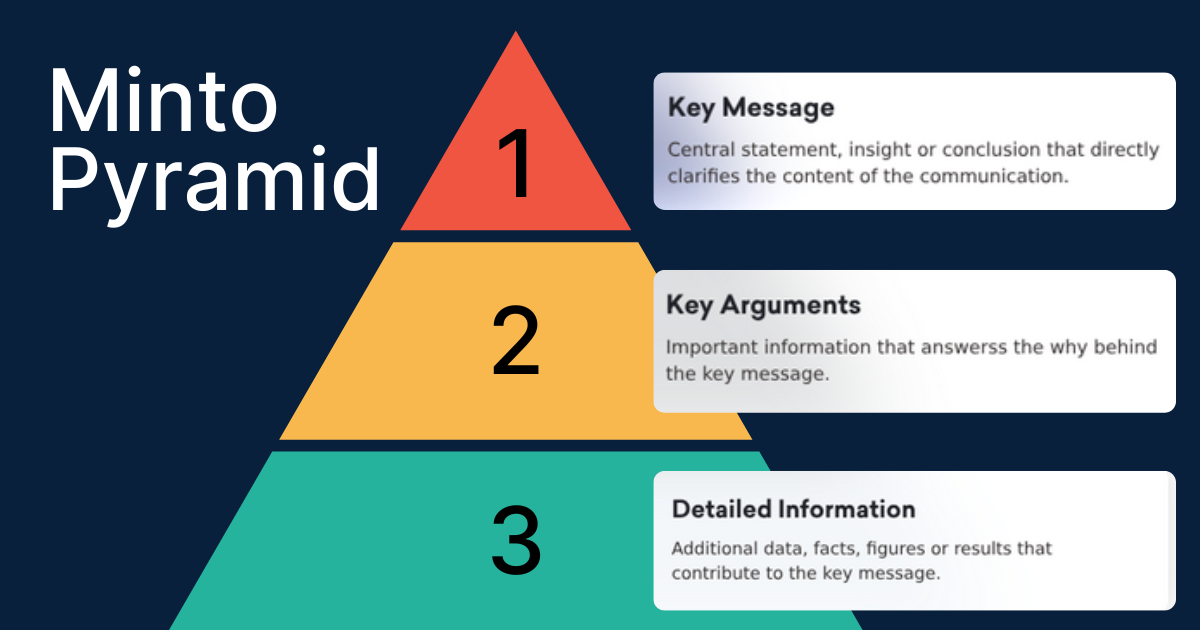
Short scope | Minto’s Pyramid
Google link: Link
The Minto Pyramid Principle, developed by Barbara Minto, isa framework for structuring written and verbal communication. It emphasizes presenting information in a top-down, pyramid-like structure, starting with the main idea and then supporting it with increasingly detailed levels of information. This approach aims to improve clarity, conciseness, and persuasiveness in communication.
Key Concepts:
- Start with the conclusion:Begin by stating the main idea or conclusion, which should be a single, clear statement that captures the essence of your message.
- Provide key supporting arguments:Follow the main idea with a few key supporting arguments, each of which should be a concise statement that directly supports the main idea.
- Support with detailed information:Each key argument should then be supported by detailed information, such as facts, evidence, data, or examples.
- Logical ordering:The information within each level of the pyramid should be logically ordered, ensuring that each piece of information supports the one above it.
- MECE Framework:The principle also incorporates the MECE (Mutually Exclusive and Collectively Exhaustive) framework, ensuring that the ideas at each level are distinct and cover all relevant aspects of the topic.
Minto’s Pyramid | Building from the Top
Barbara Minto, once a McKinsey consultant, created the Pyramid Principle to help explain complex ideas clearly. Instead of building toward a conclusion, you start with it. Then you give two or three high-level reasons why that conclusion holds, and finally you back those up with the detailed evidence.
It’s a top-down approach that matches how many executives think. They want the answer first. Then they want to see the reasoning.
Why It Matters
The pyramid has three levels: the summary or recommendation at the top, the main supporting points underneath, and the detailed data at the base. This way, leaders can grab the main message right away, then decide how deep they want to go.
It also signals confidence. When you can state your position upfront, it shows you’ve done the thinking and you’re not afraid to be clear. Grouping details under each argument makes the deck easier to navigate—people can go straight to what matters to them.
And honestly, do you want executives flipping through appendices just to figure out your point? Probably not.
Practical Takeaways
Choosing the Right Method
Each framework suits a different type of talk. The 10-20-30 rule works well for pitches or quick updates. Pecha Kucha is perfect for sharing high-level insights fast. The Pyramid Principle is best when you need to persuade or guide a decision. There’s no universal rule here; pick the one that fits your purpose, your audience, and your time limit.
Bringing It All Together
Whatever method you choose, remember that clarity is part of your job. Presentations are for the audience, not for showing off your PowerPoint skills. Fewer slides, more visuals, and a clear structure all help people follow you without working too hard.
Even if you don’t follow these methods to the letter, the principles—brevity, structure, visual focus—will help you speak more like a leader. Practice matters too. None of these approaches works if you’re figuring it out on the fly in front of the room.
And maybe keep this in mind: your listeners are busy. They have their own fires to put out. A clean, direct presentation shows you understand that—and it leaves them with something they can remember. Isn’t that the whole point?
Thank you.
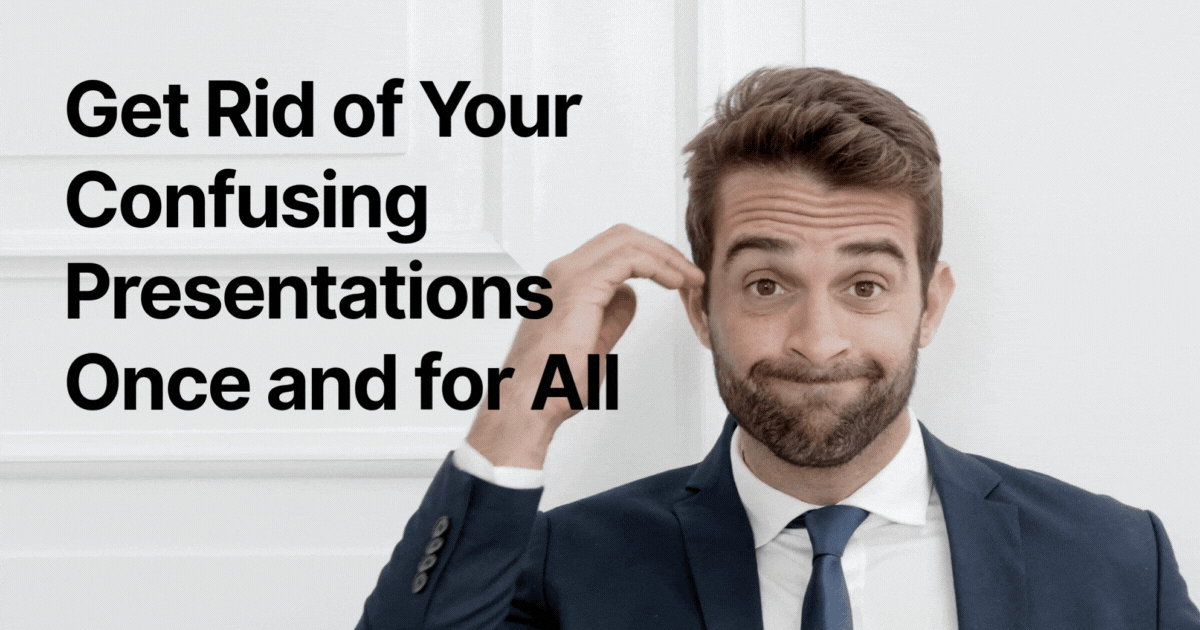

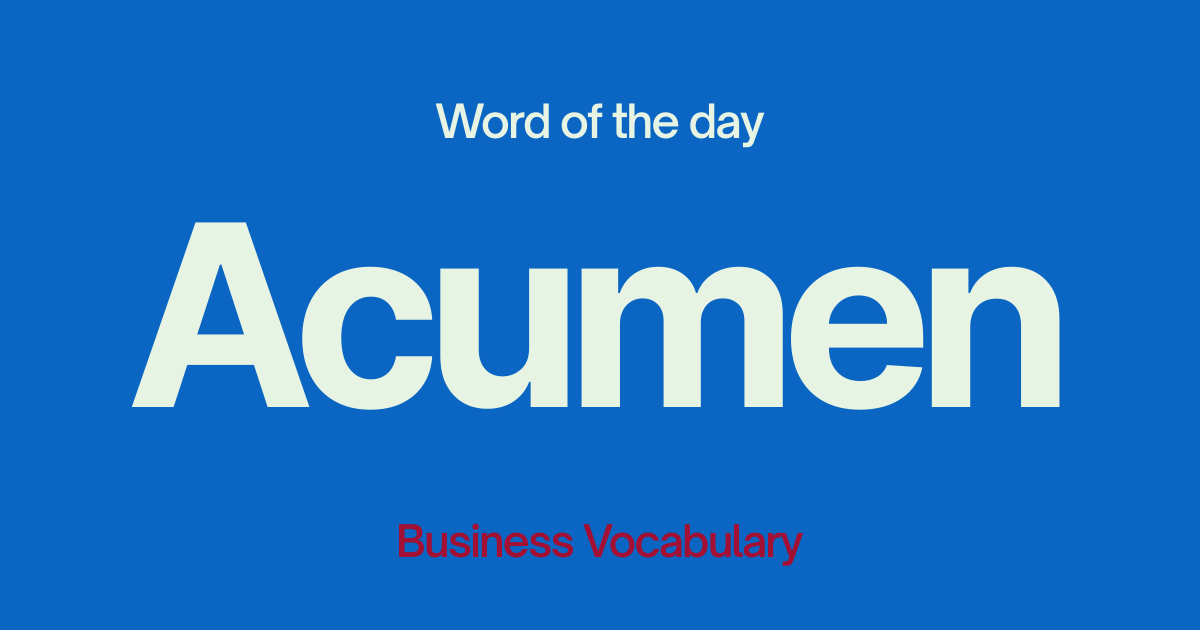
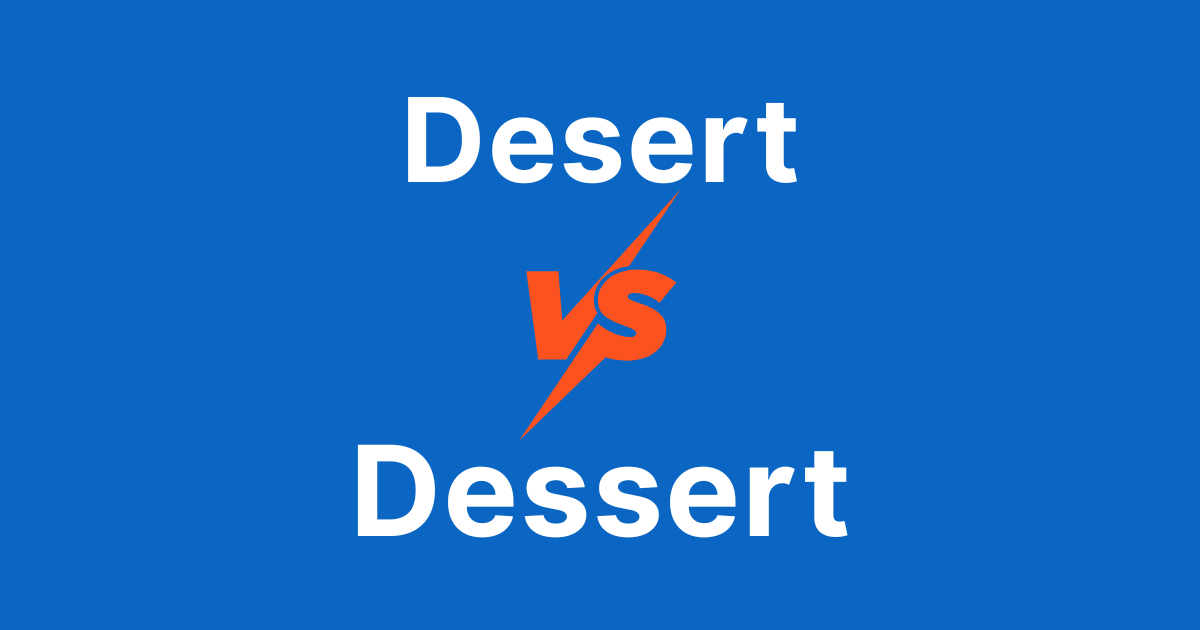
Comments